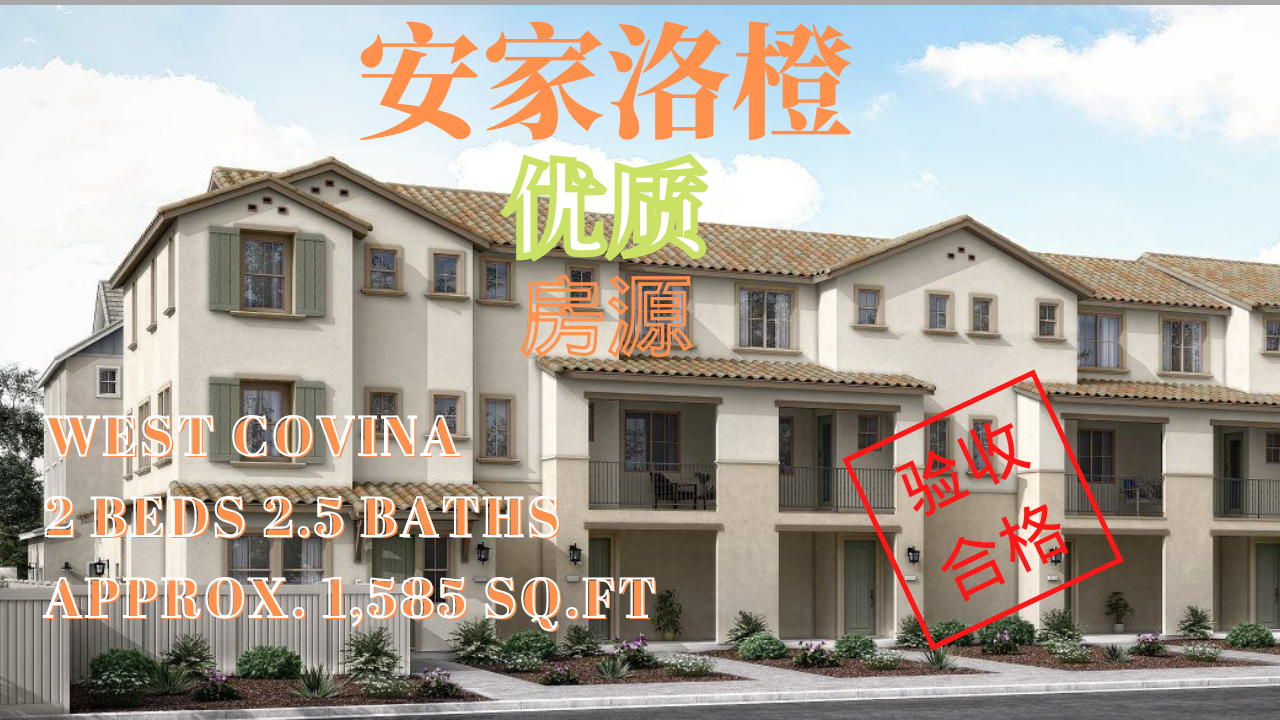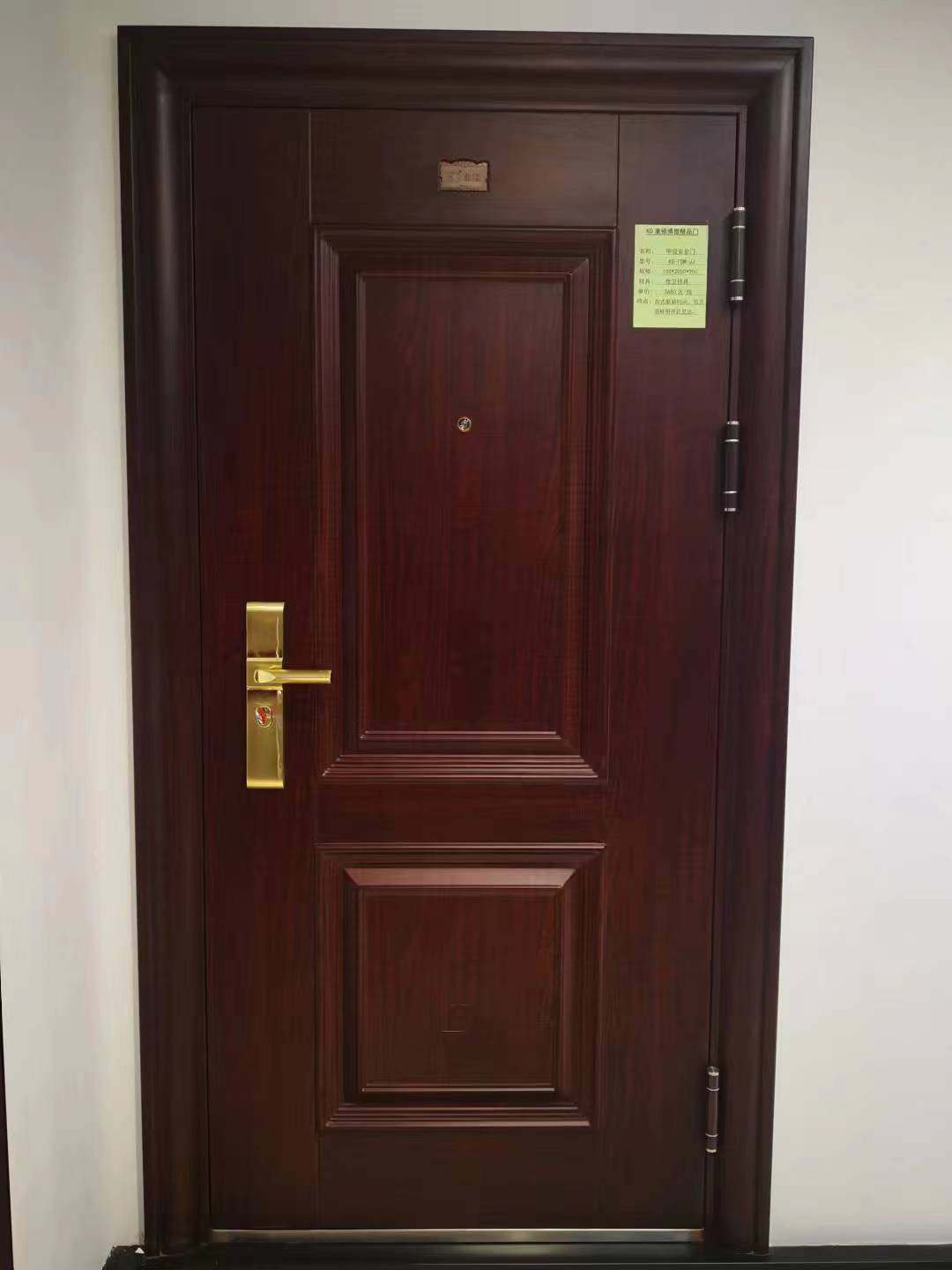Exploring the Differences Between Wi-Fi 7, LoRa, and NB-IoT in IoT Applications
As the Internet of Things (IoT) continues to expand, more specialized networking solutions have emerged to meet various connectivity requirements. Among them, Wi-Fi 7, LoRa, and NB-IoT are prominent technologies with unique attributes. While each technology offers specific benefits, understanding their differences helps businesses and developers choose the best fit for their IoT applications. This article examines how Wi-Fi 7 compares to LoRa and NB-IoT, focusing on coverage, data speed, power consumption, and typical applications.
1. Overview of Wi-Fi 7, LoRa, and NB-IoT
-
Wi-Fi 7 is the latest iteration of the Wi-Fi standard, offering ultra-high-speed connectivity with significant improvements in latency, capacity, and efficiency over its predecessors. It is optimized for data-intensive, low-latency applications and operates primarily within high-frequency bands.
-
LoRa (Long Range) is a low-power, long-range wireless protocol designed for battery-operated devices over large areas. It is part of the LoRaWAN standard and operates in unlicensed sub-GHz frequency bands, making it ideal for low data-rate applications in rural or urban areas.
-
NB-IoT (Narrowband IoT) is a cellular IoT standard under LTE networks, focused on low-power, wide-area network (LPWAN) technology. It provides excellent penetration and coverage, especially in hard-to-reach indoor areas, with a focus on efficient energy use and long-term battery life.
2. Frequency Bands and Coverage
-
Wi-Fi 7 operates in the 2.4GHz, 5GHz, and 6GHz bands, giving it significant bandwidth and high data speeds but limiting its range compared to LPWAN technologies. It is best suited for areas with a high density of devices, such as homes, offices, and industrial sites with robust infrastructure.
-
LoRa uses sub-GHz bands (typically 915 MHz in the Americas, 868 MHz in Europe) to achieve longer-range coverage, with signal reach often extending up to 15 km in rural settings. Its lower frequency allows it to penetrate buildings and other obstacles effectively, ideal for both urban and rural IoT deployments.
-
NB-IoT operates in licensed LTE bands, giving it excellent coverage and allowing it to reach deep indoors and across extensive areas. As a cellular technology, NB-IoT can leverage existing cellular infrastructure, providing broader coverage even in remote locations.
3. Data Speed and Latency
-
Wi-Fi 7 is built for ultra-fast data speeds, theoretically up to 46 Gbps with 320MHz channels, enabling low-latency, high-bandwidth applications like real-time video streaming, AR/VR, and smart home automation. It is optimized for situations where large volumes of data need rapid processing.
-
LoRa supports lower data rates, generally between 0.3 to 50 kbps. This slower speed makes it unsuitable for high-data applications but perfect for applications that transmit small amounts of data sporadically, like temperature or air quality sensors.
-
NB-IoT offers moderate data speeds of up to 250 kbps, which, while significantly lower than Wi-Fi 7, is still sufficient for many IoT applications such as smart metering and environmental monitoring. NB-IoT has moderate latency, generally between 1.5 to 10 seconds, which suits non-real-time applications.
4. Power Consumption
-
Wi-Fi 7 requires more power than LoRa or NB-IoT, making it best suited for applications with continuous power sources, such as AC-powered devices or rechargeable systems. Its high data throughput demands substantial power, and thus it is less ideal for battery-powered IoT devices.
-
LoRa is highly efficient in terms of power consumption, designed to support low-power, battery-operated devices with lifespans of up to 10 years. Its low transmission rate and periodic data transmission keep energy use minimal, making it a popular choice for remote or hard-to-reach sensors.
-
NB-IoT also focuses on low power consumption, using a simplified communication protocol that allows devices to stay in sleep mode for extended periods. Devices using NB-IoT can often operate for several years on a single battery, making it well-suited for battery-powered applications like water meters and smart agriculture.
5. Security and Reliability
-
Wi-Fi 7 builds on Wi-Fi 6’s robust security protocols, including WPA3 and enhanced encryption standards, which make it highly secure for data-sensitive applications in private networks. However, since Wi-Fi 7 operates on unlicensed bands, it may face interference from other devices.
-
LoRa security is managed by the LoRaWAN protocol, which includes AES-128 encryption. While secure, it may not match Wi-Fi 7’s advanced security measures, making it less suited for highly sensitive data. However, LoRa's long-range capability ensures robust reliability across vast areas.
-
NB-IoT leverages cellular security protocols, offering robust encryption and secure authentication. Operating over licensed LTE bands, it is highly reliable and less susceptible to interference, making it ideal for mission-critical IoT applications.
6. Key Applications for Each Technology
-
Wi-Fi 7: Given its high speed and low latency, Wi-Fi 7 is ideal for smart homes, industrial automation, AR/VR applications, HD streaming, and environments with dense device populations that require substantial bandwidth and quick response times.
-
LoRa: Due to its range and power efficiency, LoRa is well-suited for applications like smart agriculture, environmental monitoring, and asset tracking. It is ideal for areas with dispersed sensors, requiring minimal data but reliable connectivity over long distances.
-
NB-IoT: NB-IoT’s strength lies in smart metering, smart cities, health monitoring, and applications requiring consistent coverage in challenging areas, such as underground or indoor locations. Its low-power nature and reliable cellular infrastructure make it highly versatile for various IoT needs.
7. Summary: Choosing the Right Technology
Conclusion
Wi-Fi 7, LoRa, and NB-IoT each excel in different areas of IoT connectivity. Wi-Fi 7 provides high data rates and low latency for bandwidth-intensive, real-time applications but requires consistent power sources. LoRa offers extensive range and low power usage for rural or low-data applications, while NB-IoT provides reliable cellular connectivity with excellent indoor penetration and low power demands. Selecting the right technology depends on your specific requirements in terms of range, power, data speed, and environmental conditions.
Wallys DR9274/QCN6224 Wi-Fi 7 Network Card
The Wallys DR9274 network card, built on Qualcomm’s QCN9274 chip(Customizable QCN6224), is designed for high-performance Wi-Fi 7 applications. Featuring a 320MHz ultra-wide channel and 4×4 MIMO configuration on the 6GHz band, this card offers top-tier performance for applications requiring low latency and high data throughput, including industrial automation, smart home environments, and mesh networking setups. With its M.2 interface and compact form factor, it’s easy to integrate into various devices, providing robust and reliable network connectivity.
For procurement and project inquiries, please contact the Wallys sales team at: sales1@wallystech.com For more information, please visit the DR9274 product page.




































